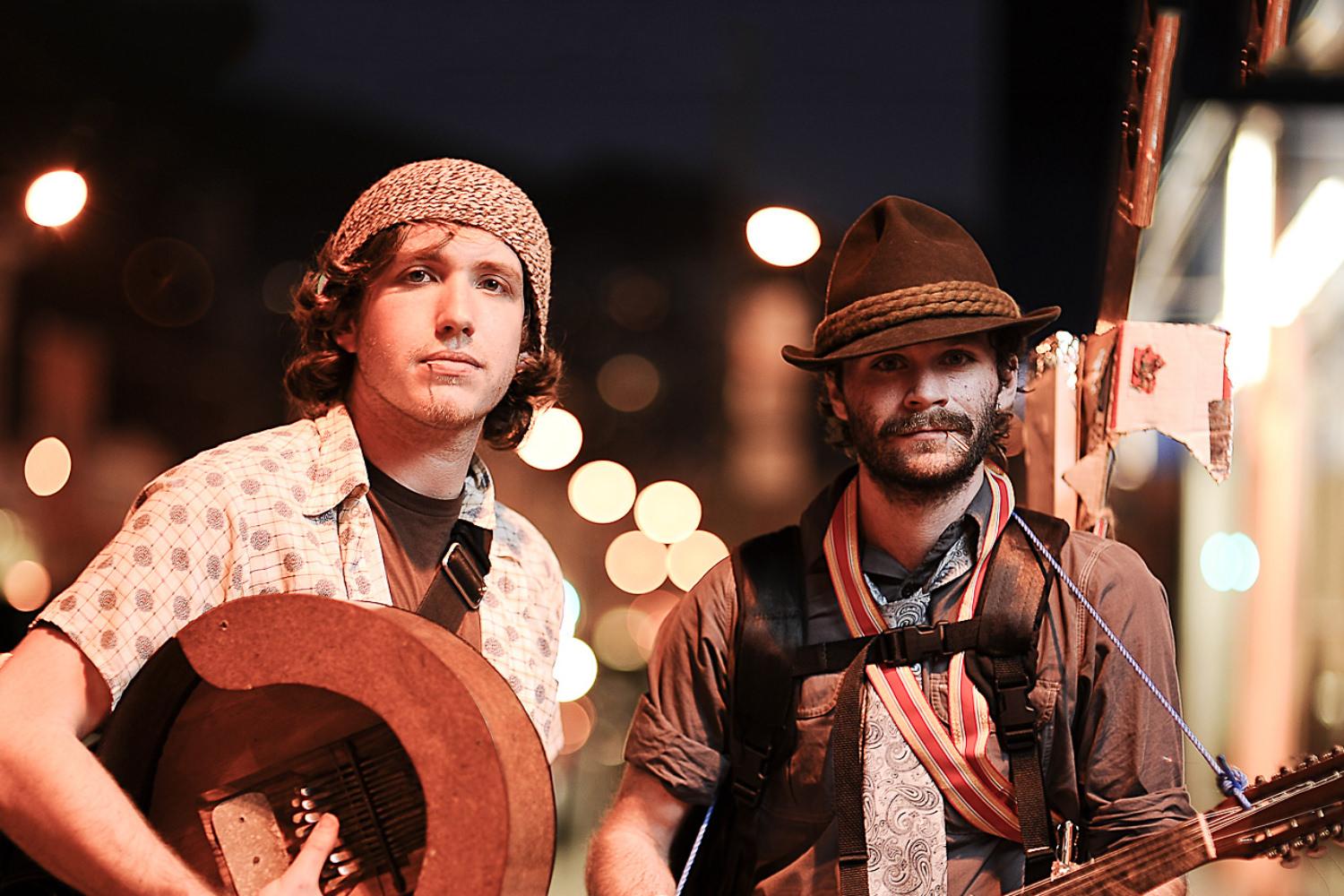One of the most important aspects of portrait photography is picking a suitable location. Your choice will drive all other decisions about the shoot, including what lighting and props to take, which clothes the subject should wear, and the most suitable poses to use.
Shooting in a studio with a plain background is a popular choice, but it can be expensive, and these types of shots have been done a million times. You can usually get much more interesting, engaging pictures by using your imagination and choosing a more unusual portrait location.
Choose a Meaningful Place
It's easy to choose a portrait location based on convenience. For example, if you live near a leafy park, it's tempting to use that as your default shooting location. But while this may look attractive, it's not always the best option.
Select a meaningful location which reflects your subject's personality. Image by Dustin Diaz.
Remember that every subject is a unique individual, with their own personality. This is what makes them so interesting, and it's something you should try to capture in every portrait you take. Choosing a suitable location is an important part of this.
Take the time to get to know your subject. Find out about their hobbies and favourite places and incorporate them into your photography. If they're an avid horse rider, shoot them at their stables; if they love to surf, go to their local beach.
By using a location that means something to your subject, you'll get much more personal, meaningful photos. As an added bonus, they're likely to feel more relaxed, helping you capture more natural-looking shots.
Use Natural Lighting
Most professional portrait photographers swear by natural lighting, and some refuse to shoot in anything else. If possible, choose a brightly lit location which offers plenty of diffused, natural light.
Choose a location with plenty of soft, natural lighting. Image by Dan Foy.
When shooting outdoors it's important to avoid the direct midday sun as this produces very harsh shadows. Look for some light shade such as an overhanging tree or covered seating area, where the sunlight is softer and more flattering. Alternatively, shoot in the morning or early evening when the sun isn't as strong.
If you're shooting indoors, try to position your subject near a large window so that you can make the most of any available natural light. Depending on your budget and the equipment you have available you can compliment this with some artificial lighting if necessary.
Set Up Near Shelter
If you choose an outdoor portrait location, there's always a chance that the weather will spoil the party. Sometimes you'll just have to take a chance and hope it stays dry, but try to have a backup in case the weather turns bad.
Anticipating bad weather means you can stop it ruining your shoot, or even incorporate it into your photos. Image by Sam Javanrouh.
Look for a location which has some sort of shelter nearby, such as a bridge, bandstand, or cafe. These can be life-savers during a quick shower, helping you keep yourself, your equipment, and your subject dry - particularly important if they're paying!
If the weather gets really bad you may even be able to move your whole photoshoot under cover. With open-sided shelter you can often recompose to keep a natural background behind your subject, and as long as the lighting is good enough nobody will ever tell you weren't fully outdoors.
Choose Somewhere Quiet
Crowded places, like cities or busy public parks, are among the worst locations for a portrait shoot. You'll be constantly waiting for people to move out of frame and dealing with questions from passers-by, plus your subject will probably feel very self-conscious and struggle to relax.
Shoot in a quiet place to avoid disturbances and help your subject relax. Image by Paulo Alegria.
Finding a quiet, secluded location is not as difficult as it might seem. If you must shoot in a city, get off the beaten track - by moving just a few hundred yards away you can usually find a spot where you and your subject can set up undisturbed.
Better still, avoid cities altogether and head for remote beaches, grassy fields, and woodland. These all provide great backdrops to a portrait photo, and are often completely deserted, giving you free-reign to move around and experiment with different poses and angles.
Don't Let the Location Distract
A suitable location is crucial in portrait photography, but always remember that it's not the main subject, so don't let it overpower your scene. From time to time during your shoot, check the photos you've taken - if your eye is drawn more to the scenery than the subject, you're putting too much emphasis on the wrong thing.
Your location should never take attention away from your subject. Image by Steve Evans.
A simple and effective technique is to open your lens's aperture up nice and wide. This puts the background out of focus, preventing it from being too distracting, creating a sense of depth in the scene, and drawing the viewer's eye to the main subject.
Choosing an effective portrait location takes time and thought, but it's something that you should always aim to get right. By doing so you'll be able to tell a story with your pictures, and capture the essence of your subject's personality, resulting in much more engaging, personal photos.
